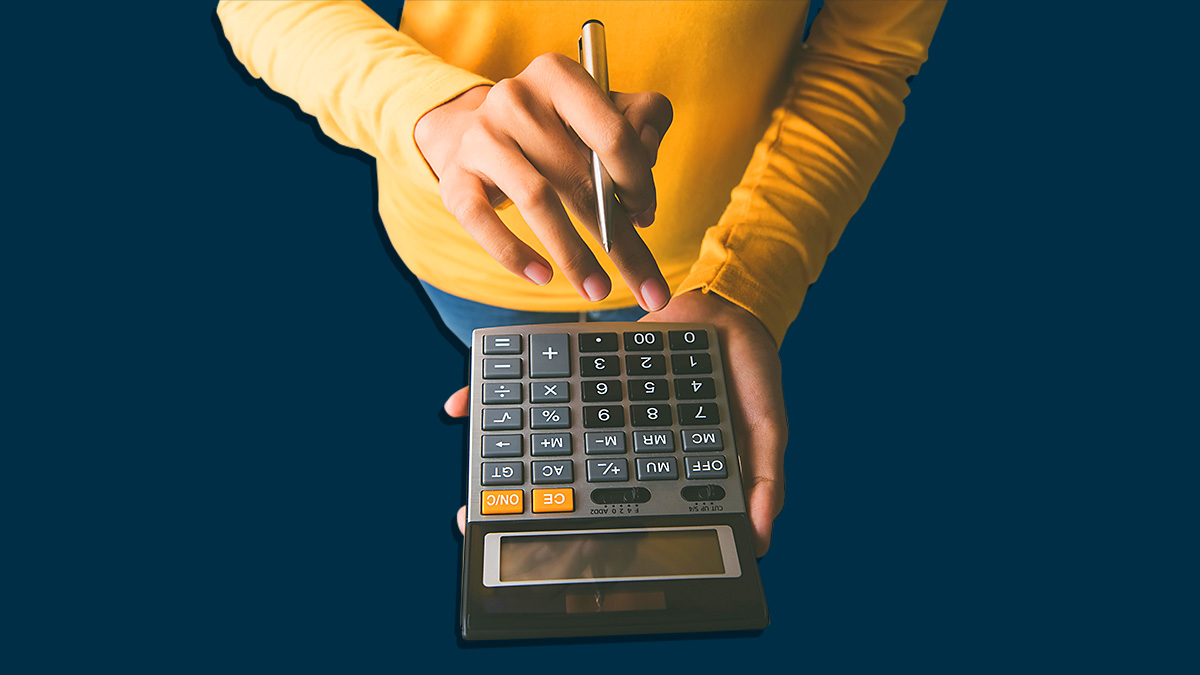Get our independent lab tests, expert reviews and honest advice.
Unlucky lottery: how Australia’s default MySuper system costs us billions

Need to know
- Australia's 'default' superannuation system means people who don't nominate a super fund are allocated a MySuper product chosen for them by their employer
- People can be unlucky and be placed into a serial underperformer
- This 'default' system doesn’t offer an incentive for funds to do better
Underachieving MySuper products are continuing to attract hundreds of thousands of new members, despite the government’s own Productivity Commission sounding the alarm about underperformance.
Employees are automatically defaulted into MySuper products if they don’t nominate a super fund when starting a new job.
Analysis by Super Consumers Australia at CHOICE has found that in the last year we have data for, more than 176,000 new accounts have been created in poor-performing MySuper products.These are products that have been in the bottom quarter of the performance ladder for returns over the past five years.
Australians have more than a million accounts in long-term underperforming super funds
In the bottom quartile of performers, BT Super’s MySuper product, BT Super for Life, had the largest influx, with more than 76,000 new members joining in the 12-month period. It returned a miserly 6.67% over the five-year period.
MySuper products in the top quartile returned at least 7.93% during this same time.
Australians have more than a million accounts in long-term underperforming super funds, and staying in them can have a profound impact on their retirement savings. Being in a bottom quartile MySuper product would see a typical person $502,000 worse off in retirement.
176,000 new accounts were opened in poor-performing MySuper products in the last year. Most people were ‘defaulted’ into these products.
1 million Australians have accounts with these underperforming products.
You would miss out on $502,000 if you stayed in a poor-performing MySuper product for your working life.
How the default system enables poor-performing MySuper products
The nature of our default system means there’s a lack of competitive pressure on funds to compete vigorously on returns for their members.
Even products that consistently fail to perform over a number of years are able to gain new customers.
And the high level of disengagement around super means many people will never leave the fund. They won’t realise how badly their fund is performing until it’s too late to reverse the damage done to their savings.
The problems with employers choosing the super fund
Most employers don’t spend much time evaluating and selecting funds for their staff. Currently, there’s no obligation for them to choose a fund that’s in the best interests of their employees, they just have to choose a MySuper product.
The royal commission highlighted the risk of super funds ‘treating’ employers with tennis soirees and boozy corporate boxes
The recent banking royal commission highlighted the risk of super funds ‘treating’ employers with tennis soirees and boozy corporate boxes in a bid to persuade them to choose their fund and direct new members to their business.
The rules on funds trying to coax employers to win their business have been tightened up, but ASIC has again recently warned super funds against making ‘improper inducements’ to employers.

Default system leads to unwanted multiple accounts
Another problem with the default system is that it leads to people having multiple super accounts.
This commonly happens when people change jobs. Every time they open a new super account and start making contributions, any retirement savings in their old accounts are eroded by unnecessary fees and insurance premiums.
The scale of this problem is massive: it’s been calculated that Australians would be a collective $2.6 billion better off without unintended multiple super accounts.
This year the government introduced legislation to automatically consolidate after 16 months of inactivity any accounts with less than $6000. This measure will lessen the problem of fund erosion, but many more unwanted multiple accounts will remain.
The Productivity Commission recommended a legislative change which would see Australians only be defaulted into a super account once. The account would then be ‘stapled’ to the person and follow them from job to job. This idea is yet to be implemented.
How the default super system can be improved
There are many reasons people stay with the first fund they join or are defaulted into, including:
- disengagement from the system
- a lack of information allowing them to easily compare funds
- the confusing proliferation of investment options, products, and funds available.
We’ve previously advocated for a simple system to let you compare your fund with others in the system.
The Productivity Commission has suggested a ‘best in show’ model. The idea is that when you start a new job your employer would give you a shortlist of the best performing super funds in Australia to choose from.
The list would also include clear and concise information on how the funds are performing.
Anyone who didn’t make a choice would be randomly placed with one of the shortlisted funds.
To make the shortlist, funds would need to pass an ‘elevated outcomes’ test that takes into account performance, fees, investment strategy, the level of insurance cover offered and whether or not the fund could capitalise on economies of scale.
The ‘best in show’ model also means employers would no longer be responsible for choosing the default super product for their staff.
Slow progress on improvements
But despite the Productivity Commission’s criticism that our current super arrangements are not serving the best interests of Australians, particularly on the issue of fund underperformance, there’s been limited progress to address it.
“Members would have a realistic expectation that government and regulators would ensure their fund is looking after them,” the Commission wrote in its report ‘Superannuation: Assessing Efficiency and Competitiveness’.
“But this expectation would have been sadly misguided – with no regulatory disposition nor effective mechanism in place for weeding out underperforming funds and products.”





